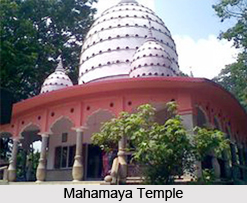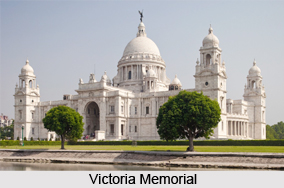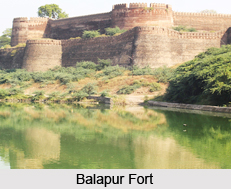 Amir Mahal built in the year 1798 is located in Royapettah, a suburb in Chennai in the Indian state of Tamil Nadu. Amir Mahal is one of the oldest heritage building situated in Chennai Royapettah. It is built as massive architectural structure and is counted as the historical landmark of Chennai. The palace is spread across 14 acre of the land and is around 200 years old. The palace served as the official residence of the Nawab of Arcot and his family. The family resided here since 1976. The successors of the Nawab Mohammad Abdul Ali and his three brothers still reside in the palace along with their families. Earlier there was a small cricket ground here that is being renovated by the government. There are about 80 rooms in the palace where about more than 500 people are presently residing. This palace because of its royalty and historical session is considered as one of the most interesting places to visit in Tamil Nadu.
Amir Mahal built in the year 1798 is located in Royapettah, a suburb in Chennai in the Indian state of Tamil Nadu. Amir Mahal is one of the oldest heritage building situated in Chennai Royapettah. It is built as massive architectural structure and is counted as the historical landmark of Chennai. The palace is spread across 14 acre of the land and is around 200 years old. The palace served as the official residence of the Nawab of Arcot and his family. The family resided here since 1976. The successors of the Nawab Mohammad Abdul Ali and his three brothers still reside in the palace along with their families. Earlier there was a small cricket ground here that is being renovated by the government. There are about 80 rooms in the palace where about more than 500 people are presently residing. This palace because of its royalty and historical session is considered as one of the most interesting places to visit in Tamil Nadu.
In Southern India, Nawab is said to be as the First nobleman in Muslim Community. He is the one who is providing funds for about eight masjids of state. The drawing hall is decorated with the pictures of dignitaries. The Durbar hall is festooned with a painting which is about 8 ft long and 125 years old.
History of Amir Mahal
Amir Mahal in Chennai is a historical monument which has a great bygone background. The Amir Mahal has been built in the Indo-Saracenic style in the year 1798. It was built by the British East India Company for housing the administrative offices of the company.
After the abolition of the Nawabship of Carnatic in 1855 A.D., the Government took over the Chepauk Palace also known as "Kals Mahal", which stood on 121 acres of land situated at Marina. According to the Doctrine of Lapse, the Chepauk Palace, the official residence of the Nawabs, was sold off for paying the debts of the Nawab. It was then purchased by the Madras government. The Chepauk Palace now houses Senate House and Public Works Department offices.
At that time the Nawab settled in a building called Shadi Mahal located on Triplicane High Road. The British then felt that the Shadi Mahal was not the appropriate place for the Nawab of Arcot to stay. They thus, gave him the Amir Mahal in Royapettah as his residence. Robert Chrisholm was given the responsibility of changing the office building into a palace. The Nawab along with his family moved to the Amir Mahal in the year 1876. Since then the Mahal served as the residence of the Nawabs of Arcot.




